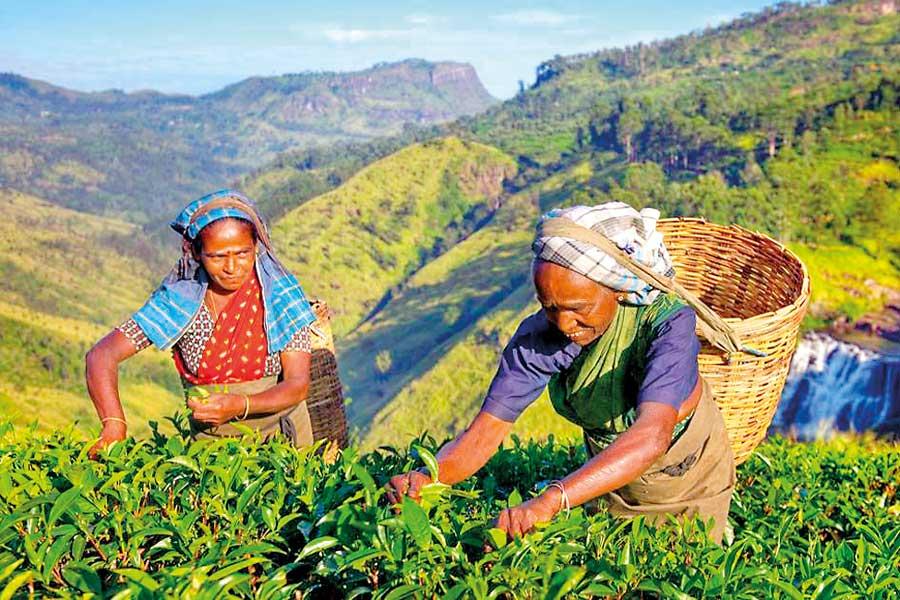07 Feb 2020 - {{hitsCtrl.values.hits}}

By Shabiya Ali Ahlam
Sri Lanka’s tea production in 2019 is estimated to have fallen to a four-year low to 300 Mnkg in 2019 from 303.9 Mnkg recorded in 2018.
The 2019 production figure is the lowest since the El Nino year of 2016, where production contracted to 292 Mnkg from 328 Mnkg in 2015.
A report by tea brokers Asiya Siyaka stated that High-Grown tea production slipped to 63 Mn kg in 2019 from 64.9 Mnkg to 2018, whereas Low-Grown production fell to 189.9 Mnkg from 191.8 Mnkg in 2018. Mid-Grown output remained flat at 47.1 Mnkg. “Last year we were optimistic that Sri Lanka’s tea production could show a partial recovery in 2019, but that was not so. Low auction prices had both the farmer and plantation company running at a loss most of the time and could have led to reduced fertilizer application,” Asiya Siyaka said in its 2019 market review report. Given that Sri Lanka managed an average production of 310 Mnkg for four consecutive years, the industry initially projected a production figure of 301 Mnkg for 2019, after factoring in the challenges the sector faced—weather related issues and higher production cost.
Analysis of the global tea industry showed that Sri Lanka is not alone in this struggle as even other major producer exporter countries such as Kenya and India too witnessed a storm in their tea cup.
Just as the case in Sri Lanka, tea growers in those countries have reached out to their governments, desperately seeking assistance to survive another year as famers and companies continue to make losses due to low prices.
“This situation in fact has been building up from end-2017 and has its roots in the El Nino drought in 2016. We note with deep concern the new predictions of an El Nino in 2020,” stressed Asia Siyaka.
16 Nov 2024 17 minute ago
16 Nov 2024 1 hours ago
16 Nov 2024 2 hours ago
16 Nov 2024 3 hours ago
16 Nov 2024 3 hours ago